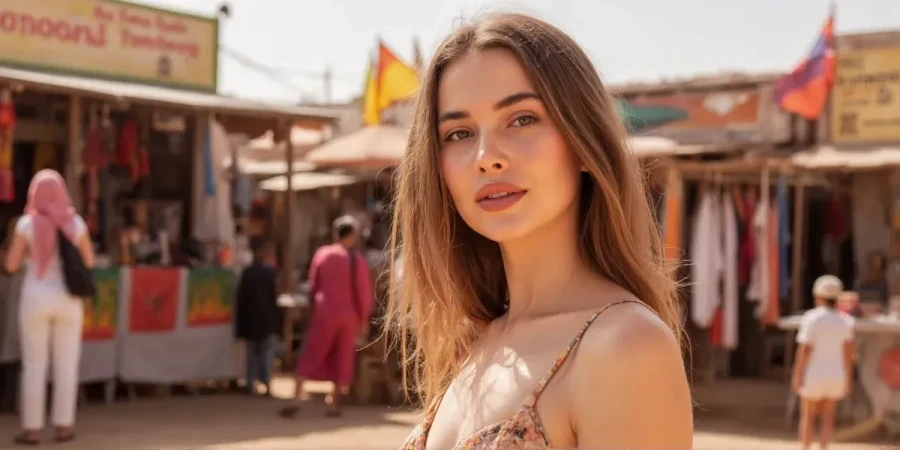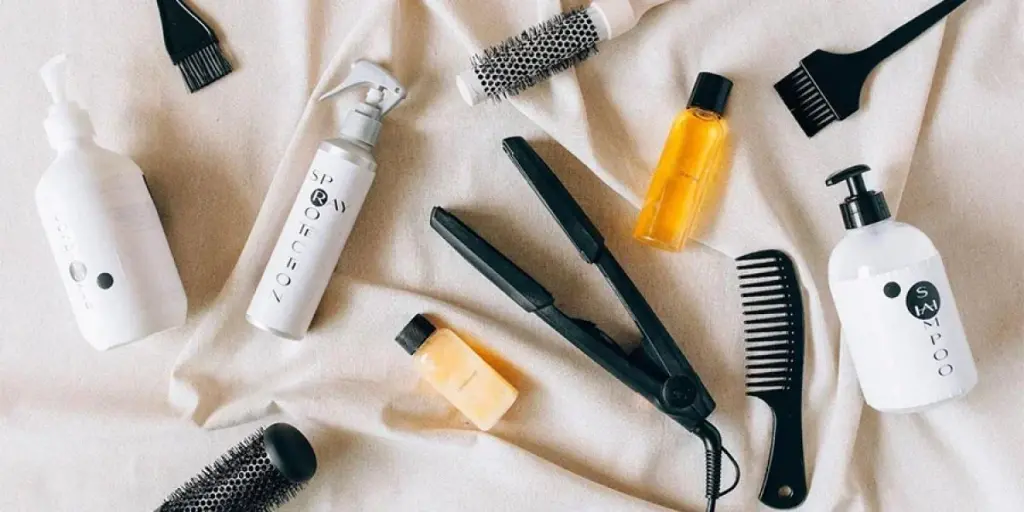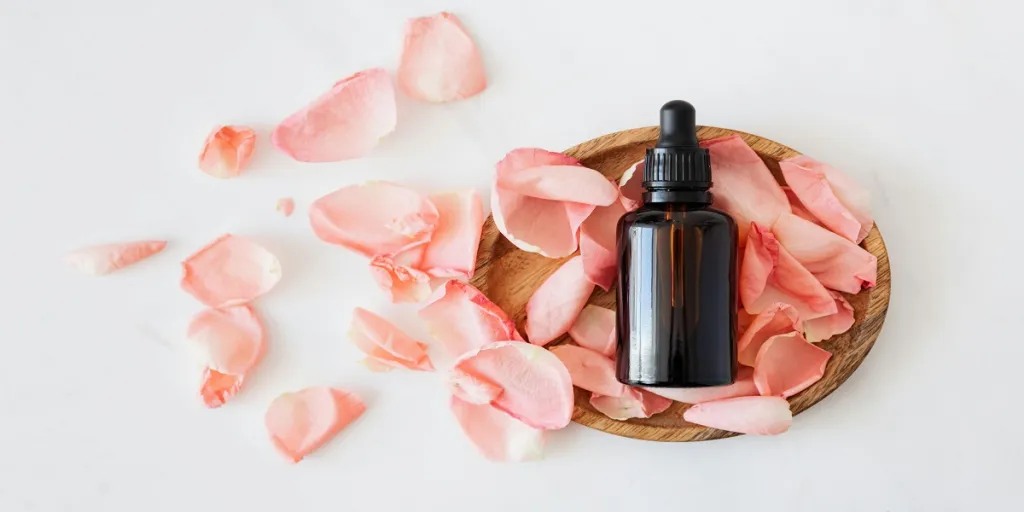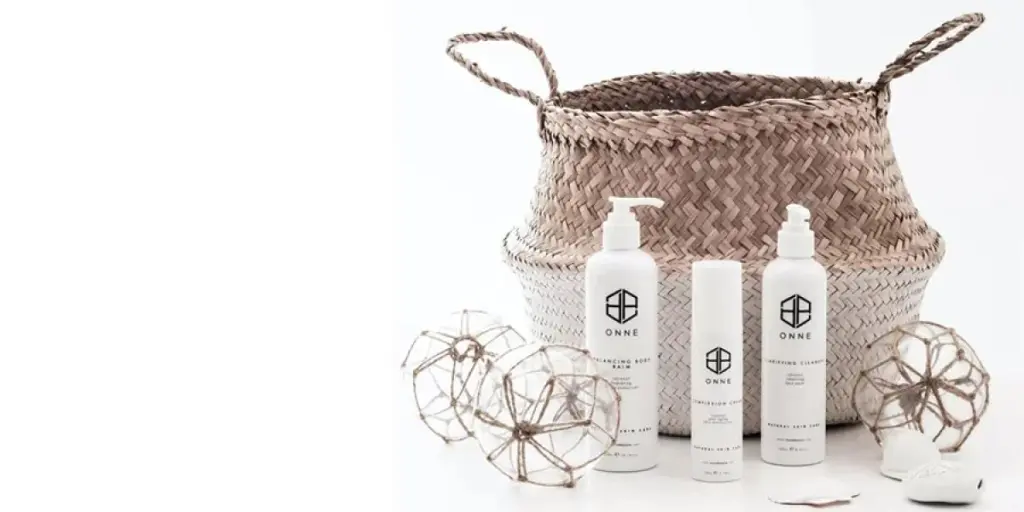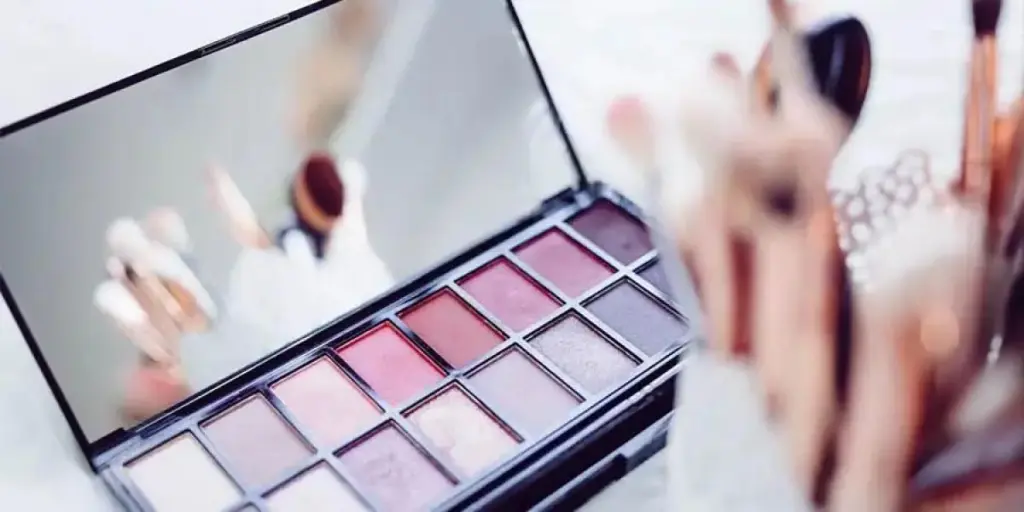The global beauty industry, valued at over $500 billion, faces a paradox: while inflation slows growth in mature markets like the U.S. and Europe, the Middle East and North Africa (MENA) region defies the odds with a projected 12% annual growth rate. This isn’t just a tale of oil wealth or opulent spending—it’s a nuanced narrative of generational shifts, climate-driven innovation, and a cultural renaissance where ancient traditions collide with cutting-edge technology. From AI-crafted perfumes in Dubai to hijabi-friendly hair serums tested in Cairo’s scorching summers, MENA is rewriting the rules of beauty on its own terms.
Table of Contents
Chapter 1: The Zillennial Wave – Where Halal Meets High Glam
Chapter 2: Desert-Proof Beauty – Innovation Forged by Climate
Chapter 3: Male Grooming – Oud, Owning Vulnerability, and the Rise of Scent Layering
Chapter 4: Sustainability – The Camel in the Room
Chapter 5: Health Tourism – The €1,354 Beauty Sleep
Conclusion: The MENA Playbook – Rewriting Beauty’s Future
Chapter 1: The Zillennial Wave – Where Halal Meets High Glam
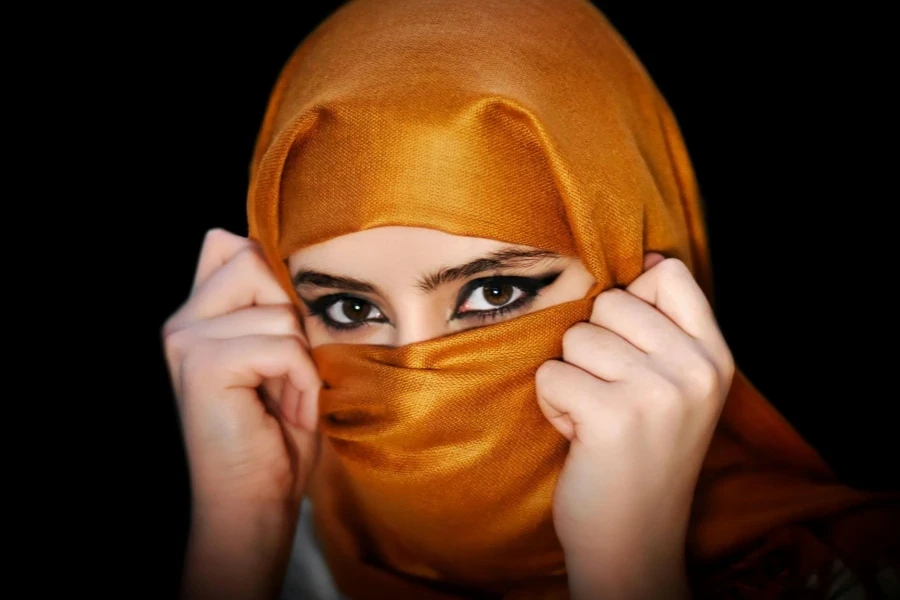
MENA’s demographic clock ticks to the rhythm of youth: 55% of its population is under 30. This tech-savvy, socially conscious generation demands beauty products that harmonize Islamic values with global trends. Enter halal glam—a fusion of faith and vanity that’s reshaping the market.
Take Huda Beauty’s Wudu-Friendly Collection, launched in 2023. Founder Huda Kattan, an Iraqi-American mogul, spotted a gap: makeup that survives wudu, the ritual ablution Muslims perform before prayers. Traditional products often smudged during washing, forcing women to reapply multiple times daily. Kattan’s team collaborated with Korean chemists to develop a waterproof eyeliner using “film-forming” technology, tested over 1,200 times with Emirati volunteers mimicking wudu motions. The result? A smudge-proof formula that lasts through 12 hours of prayers, heat, and humidity. The line sold out in GCC stores within 48 hours, proving that piety and pigment can coexist profitably.
Data underscores this shift: a 2024 YouGov survey found 63% of Saudi women aged 18–24 prioritize halal-certified makeup, even at a 20% price premium. Meanwhile, Egyptian startup Noora Cosmetics taps into modest beauty trends with Hijab Glow—a breathable, anti-frizz serum designed for women who wear headscarves. Its key ingredient? Date seed extract, a nod to regional agriculture.
Chapter 2: Desert-Proof Beauty – Innovation Forged by Climate
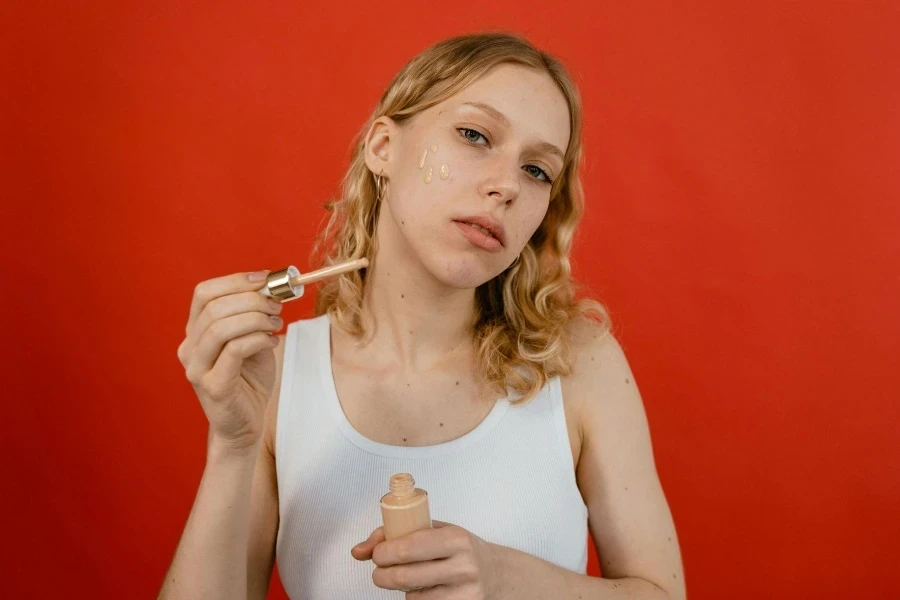
MENA’s climate is a crucible for innovation. With temperatures hitting 50°C (122°F) and sandstorms battering cities, brands must engineer products that survive extremes. The term “tropical-proof” feels quaint here—enter desert-certified.
Emirati brand Asteri Beauty worked with MIT material scientists to create Sandstorm Shield™, a polymer blend in their foundation. Testing wasn’t for the faint-hearted: products endured 8-hour rides in Dubai desert buggies (simulating sand abrasion) and humidity chambers replicating Jeddah’s coastal air. The result? A 12-hour wear formula validated by 500 users across the GCC. “Western brands talk about ‘longwear,’ but they’ve never seen a Riyadh summer,” laughs CEO Layla Al-Fardan.
Regional variations abound. In Morocco, Tazari uses microencapsulated argan oil to combat Rabat’s humidity, while Egyptian startup SaharaSoothe infuses face mists with Nile algae to neutralize Cairo’s pollution. Even packaging adapts: Omani brand Dhofar Dusk uses recycled palm fronds for biodegradable compacts, reducing landfill waste in a region where 40% of beauty packaging isn’t recycled.
Chapter 3: Male Grooming – Oud, Owning Vulnerability, and the Rise of Scent Layering
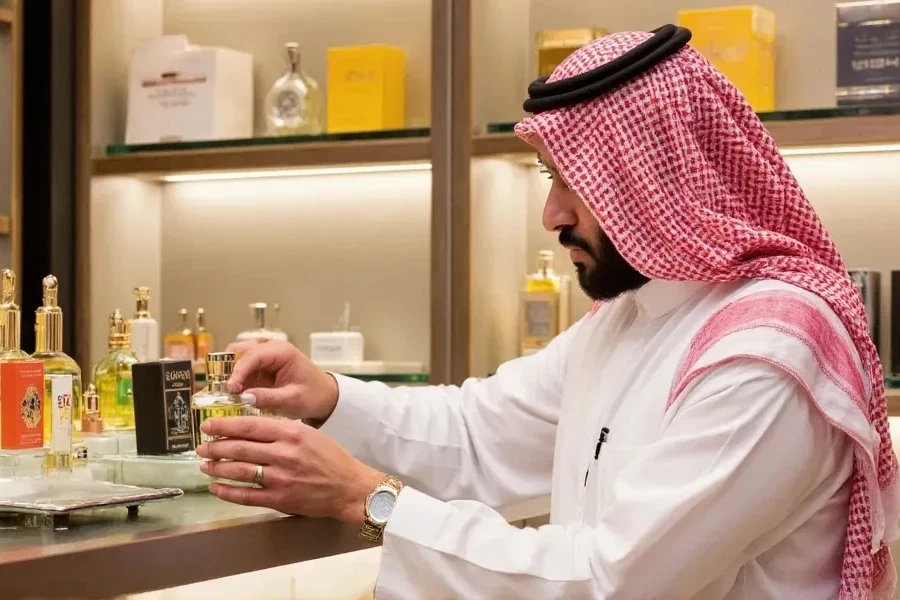
GCC men outspend women on fragrances by 11%, a statistic that shatters stereotypes. The region’s male grooming market, valued at $3.8 billion, thrives on a cultural shift: vulnerability is the new virility.
At Scent Library, a male-only perfumery in Riyadh, customers embark on 90-minute “scent journeys.” Traditional oud is blended with wildcards like blue cheese (inspired by French Roquefort) or burnt rubber (for car enthusiasts). “Young Saudis want their cologne to tell a story, not just mask sweat,” explains owner Fahad Al-Mutairi. The store’s bestseller? Asir Truffle—a smoky blend of black truffle, roasted coffee, and Saudi desert herbs.
Medicalization further fuels growth. Turkish brand Keratim partnered with Istanbul hair clinics to create post-transplant serums infused with black seed oil. In clinical trials, the serum accelerated recovery by 40% compared to saline solutions. “Balding isn’t taboo anymore,” says dermatologist Dr. Mehmet Yildiz. “Men want solutions, not secrecy.”
Chapter 4: Sustainability – The Camel in the Room
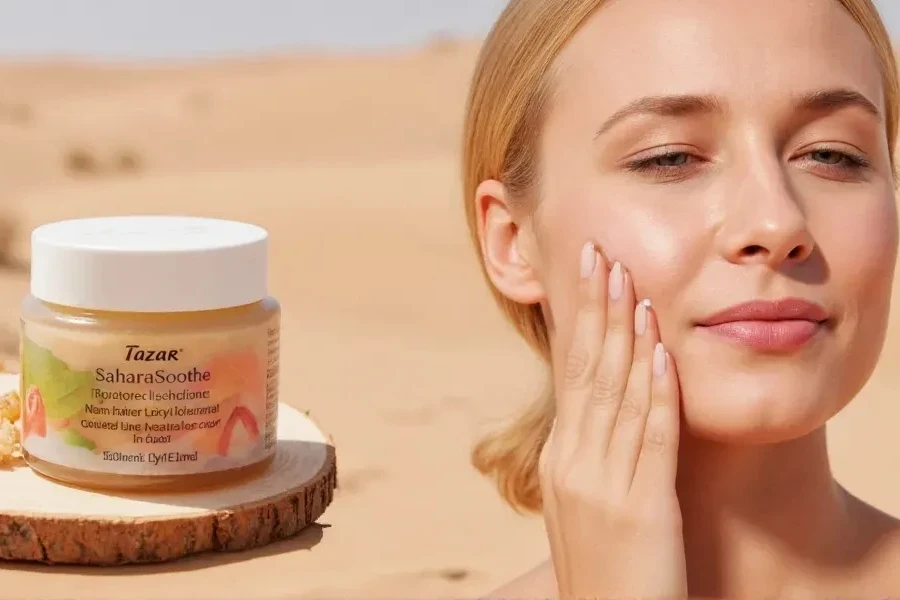
MENA’s sustainability narrative is complex. While 68% of UAE Gen Z claim eco-consciousness, Saudi sustainable beauty sales lag 22% behind global averages. The challenge? Aligning green practices with regional perceptions of luxury.
Startup Wadi Beauty tackles this by upcycling date palm waste into biodegradable mascara tubes. Their waterless shampoo bars, enriched with camel milk proteins, pay homage to Bedouin traditions. Though award-winning, CEO Amina Al-Qasim admits hurdles: “Some Saudis equate ‘waterless’ with ‘cheap.’ We’re rebranding it as heritage luxury.”
Meanwhile, Moroccan brand Amazigh Beauty ties reforestation to sales—each argan oil purchase plants a tree in the Atlas Mountains. Sales jumped 45% after ads featured Amazigh tribal elders harvesting nuts. “Sustainability here isn’t about guilt; it’s about legacy,” says founder Zara Idrissi.
Chapter 5: Health Tourism – The €1,354 Beauty Sleep
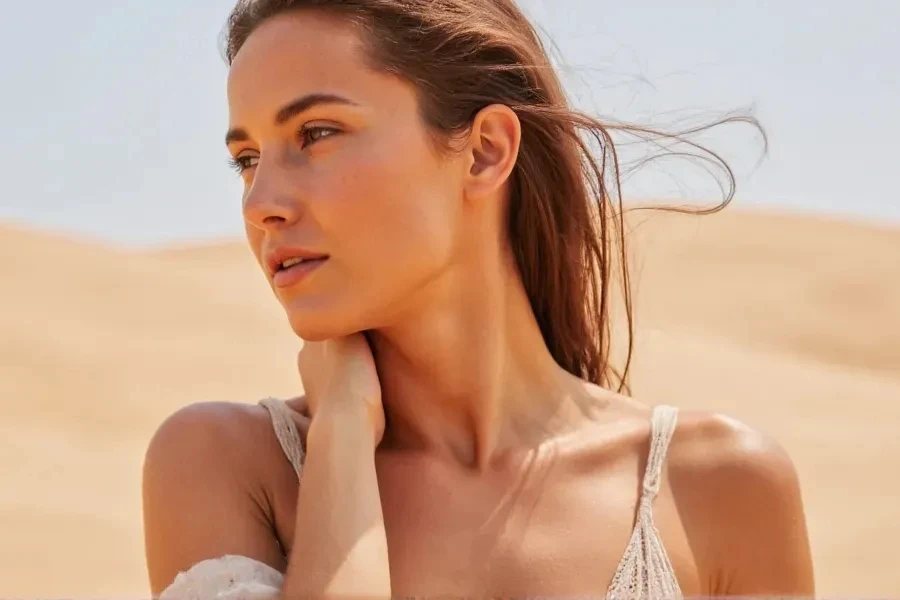
MENA’s health tourism sector, worth $300 billion, intersects powerfully with beauty. Medical tourists spend 3.2x more on aesthetics than Europeans, creating synergies between hospitals and hotels.
At Abu Dhabi’s Emirates Palace, the Golden Caviar Recovery Program caters to post-surgery guests. For €1,354/night, patients receive 24k gold sheet masks, caviar compresses, and a “Plastic Surgery Concierge” arranging private jet transfers to Beirut clinics. Critics decry it as elitist, but demand soars—bookings rose 200% since 2022.
Conclusion: The MENA Playbook – Rewriting Beauty’s Future
MENA’s beauty boom isn’t a fluke—it’s a masterclass in cultural agility. To thrive here, brands must:
- Localize with surgical precision (e.g., Riyadh’s matte foundations vs. Dubai’s dewy finishes).
- Fuse tech and tradition (think AI-perfumery with Arabic calligraphy packaging).
- Let climate lead innovation (no lab can replicate a sandstorm).
As Saudi Vogue’s editor-in-chief remarks: “Here, beauty isn’t skin deep—it’s a 5,000-year-old manuscript, endlessly revised.” In MENA, the future of beauty isn’t just being written—it’s being etched in gold, one sand grain at a time.
